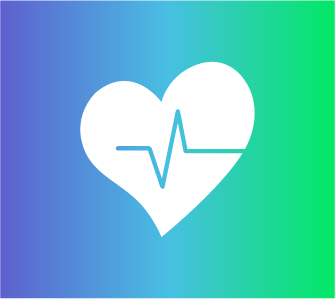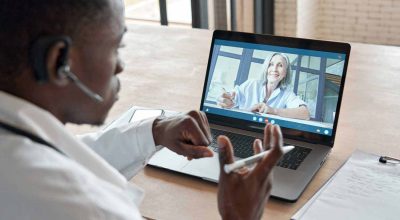Medication misuse costs the United States roughly $528 billion annually. Expenses caused by wrong prescriptions and doses, skipped doses, and repercussions of medication-related issues—such as additional medication therapies, unplanned emergency room visits, and hospitalizations—account for a staggering 16% of all healthcare expenditures in this country.
Not to mention that you can’t put a price on the heartache caused by preventable illness and death. The news isn’t all bleak, however. The rise of telehealth and remote patient monitoring can make a vital contribution to improving medication management and reversing this troubling trend.
Here’s a closer look at three ways telehealth supports better medication management, along with how online telehealth platform ViTel Health can help your practice deliver better patient care.
3 Benefits of Telehealth Medication Management
Telehealth and remote patient monitoring can play a major role in improving efficiency and preventing errors in medication therapy. Specifically, telehealth medication management offers the following three benefits:
1. Improved medication adherence for high-risk patients
While medication misuse is widespread, some patients are at higher risk for medication nonadherence than others. These include elderly patients, patients with complex conditions, and patients who take multiple medications.
Telehealth solutions like digital health platforms keep care providers connected to the most vulnerable patients toward better medication adherence, reduce hospitalizations among high-risk populations, and improve overall health outcomes.
2. Better medication reconciliation accuracy through the involvement of pharmacists
According to the Agency for Healthcare Research and Quality (AHRQ), medication adherence requires that “five rights” be met, including the following:
- The right dose
- The right medication
- The right patient
- The right time
- The right route
However, these rights are not one-size-fits-all. Rather, they must be personalized to the specifics of each patient across factors like age, physiology, medical condition, allergies, and other factors.
While we typically think of pharmacy in terms of medication dispensing, pharmacists have increasingly taken on new responsibilities. Many of these are linked to patient safety, such as:
- Ensuring access to medication
- Educating patients and caregivers about safe and effective medication use
- Evaluating medication appropriateness
- Improving medication adherence
- Medication management
- Health status assessment
- Coordinating care transitions
Telehealth empowers pharmacists to be more involved across all of these aspects giving them a much more comprehensive viewpoint across the continuum of care. Telehealth allows them to do everything from remotely identifying concerns with a medication list to answering patient questions— using remote telehealth platform technology.
3. Improving access to pharmacists in rural and underserved areas
While pharmacists offer medication management value to all patients through telehealth, their contributions are especially important to patients in remote areas who would not otherwise have access to adequate treatment and monitoring.
In addition to using telehealth to help people in rural communities gain access to pharmacy services, pharmacists can also use telehealth to provide patient counseling and education to these same populations.
These benefits have already been widely seen throughout the COVID-19 pandemic, which accelerated telehealth adoption. During this time, the field of pharmacy, in particular, grew in importance with pharmacists providing more medication-related services while also supporting medication adherence efforts.
ViTel Health’s Comprehensive Remote Medicine Solutions
While telehealth is often framed in terms of its value for chronic pain management, it has profound potential across many other aspects of patient care, including medication management. If you’re looking for a cutting-edge and comprehensive telehealth solution for medication management and more, look no further than ViTel Health.
With the mission of improving the patient experience by remotely linking all aspects of care, ViTel Health is a simple and streamlined cloud storage system offering all providers in the care continuum access to critical and current patient data in real-time. The result? New levels of connected care.
While telehealth provides many advantages like alleviating the need for office visits, optimized physician time, the creation of a new revenue stream, enhanced data and credentialing processes, and convenient care linked with increased patient compliance, it’s not without its challenges. ViTel Health’s offers an invaluable partnership in navigating these challenges,
All medical practices share the common goal of refining their operations in order to provide better care. Whether your office is specifically aiming to reduce medication misuse and increase adherence or you’re looking for an all-in-one solution that will result in better outcomes for your patients and your practice alike, ViTel has the tools and knowledge you need to reach your goals.
To learn more about ViTel’s telehealth medication management benefits and much more, contact us today.







